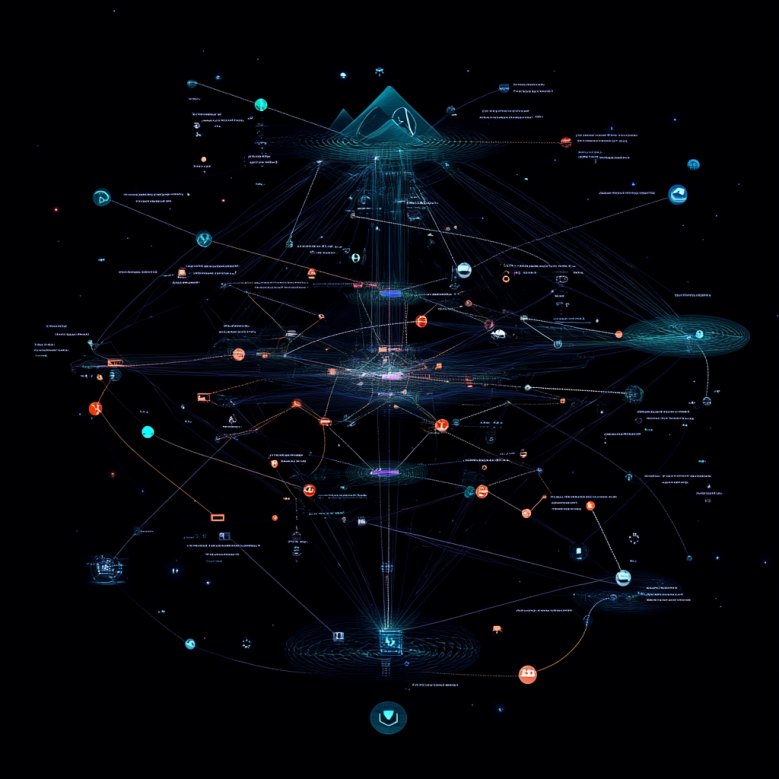I still remember when everyone scoffed at Solana for going down mid-mint. “It’s fast, until it isn’t,” they joked. Fair enough—it wasn’t the best look. But if you’ve been in this space long enough, you know that comebacks are coded into crypto’s DNA. And now? Solana’s Solaxy is grabbing headlines and talent alike—and it’s not just another scaling solution. It’s a statement.
Let’s be real: the Layer 2 scene has been dominated by Ethereum’s sprawling L2 ecosystem for years. Arbitrum, Optimism, Base, zkSync… they’ve all had their moment. But when Solana’s Solaxy entered the chat, it felt different. There’s something about Solana’s approach—less about patching limitations, more about reimagining the base layer itself—that makes this L2 move intriguing.
And if you’re in hiring, like I am, you’re already seeing the tremors ripple through the job market.
Why Solana Even Needs a Layer 2
If you’ve followed Solana closely, you might be scratching your head: Isn’t the whole point of Solana that it doesn’t need an L2?
Exactly. For years, Solana’s pitch was: “Why fragment execution when we can scale the base layer?” And to be fair, they walked the talk. High throughput, low fees, monolithic chain. But then came congestion from memecoins, NFTs, and bots. And while it wasn’t fatal, it was frustrating—for devs, users, and yes, for recruiters like me fielding nervous calls from projects wondering if their Solana app would even run at peak hours.
Solaxy isn’t an admission of failure—it’s a flex. A modular execution layer that plugs into Solana without compromising its core design? That’s ambitious. It’s Solana saying, “We can scale and stay fast.” And from a technical hiring perspective, that opens up some really juicy roles—execution environments, shared sequencers, VM wranglers, you name it.
Builders Are Already Circling
When a new Layer 2 drops, you usually see two camps: the curious, and the career-hungry. With Solana’s Solaxy, I’ve seen an unusual third group emerge—loyalists coming home.
These are engineers who left Solana months ago, drawn to Ethereum’s L2 boom for opportunities and funding. Now they’re pinging me again: “What’s the deal with Solaxy? Who’s hiring?” It’s not just about tech—it’s about vibe. Solana has always been builder-centric, and Solaxy doubles down on that ethos.
Take Eclipse, for example—the L2 startup building an SVM chain using Ethereum data availability. That move alone blurred lines between ecosystems. Solaxy is doing the reverse: keeping it in the family while making things modular and composable. It’s the kind of thing that excites protocol engineers, ZK researchers, and product-minded devs alike.
And yes—hiring pipelines are heating up. I’ve already seen stealth roles emerge asking for Rust and Sealevel experience plus modular L2 know-how. A year ago, that combo would’ve raised eyebrows. Now? It’s gold dust.
The Talent Race Just Got Spicier
Let’s talk recruitment. Because what Solana’s Solaxy is doing isn’t just technical—it’s strategic. It’s drawing a line in the sand and saying, “We’re not sitting this one out.”
For teams building on Solana, this means hiring not just DApp developers, but infra folks who can think across layers—execution, consensus, bridging, interoperability. You’re now looking at a Solana ecosystem where the term “full-stack” stretches from front-end UX to zero-knowledge proving systems.
But it’s not just Solana-native roles getting interesting. Other L2s are watching closely. One hiring manager from an Ethereum-based zk-rollup messaged me last week: “We’re seeing people ask about Solaxy in interviews.” That’s how fast the narrative is shifting.
For candidates? It’s a great time to jump in. Especially if you’ve been Rust-curious or have experience navigating congested networks (shout out to anyone who’s debugged transactions during NFT drops). Solaxy projects want grit and fluency.
Where This Could All Lead
Zoom out for a second: what does Solana’s Solaxy actually change?
In short, it breaks the narrative that L2s are an Ethereum-only game. It suggests that Layer 2s aren’t just fixes—they’re growth multipliers. And it hints at a future where the line between “L1” and “L2” gets even blurrier.
For the job market, this means more diversity in technical roadmaps, more cross-chain tooling, and more demand for hybrid skillsets. If you’ve ever dabbled in Cosmos SDK, touched Avalanche subnets, or even explored L3s, your experience is becoming more valuable.
And from a personal perspective? I love it. There’s nothing more satisfying than helping a candidate land a role at a project that’s shaping a new design space. Solaxy is doing just that—and it’s only just begun.
We’re All in the Sandbox Now
Back in 2021, I placed a brilliant Solana dev into a DeFi startup right before the boom. At the time, they were worried: “What if Solana can’t scale?” I checked in with them last week. They’re still there—and now they’re hiring for their own L2 integration lead.
That’s the cycle: doubt → build → demand → scale. Solana’s Solaxy is the latest loop. And if you’re paying attention, you’ll realise it’s not just heating up the Layer 2 race—it’s reshaping the rules entirely.



